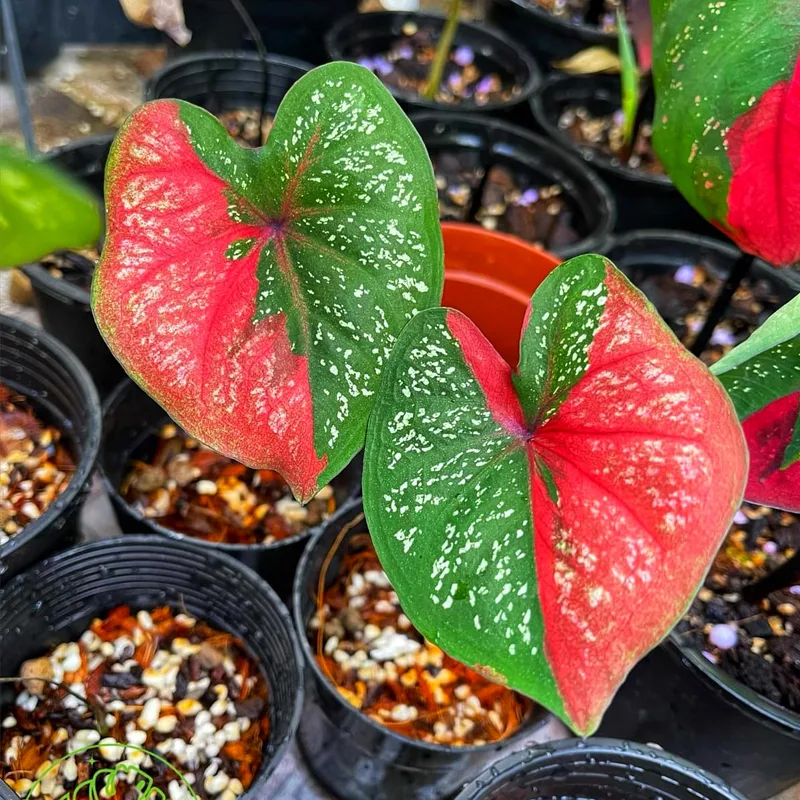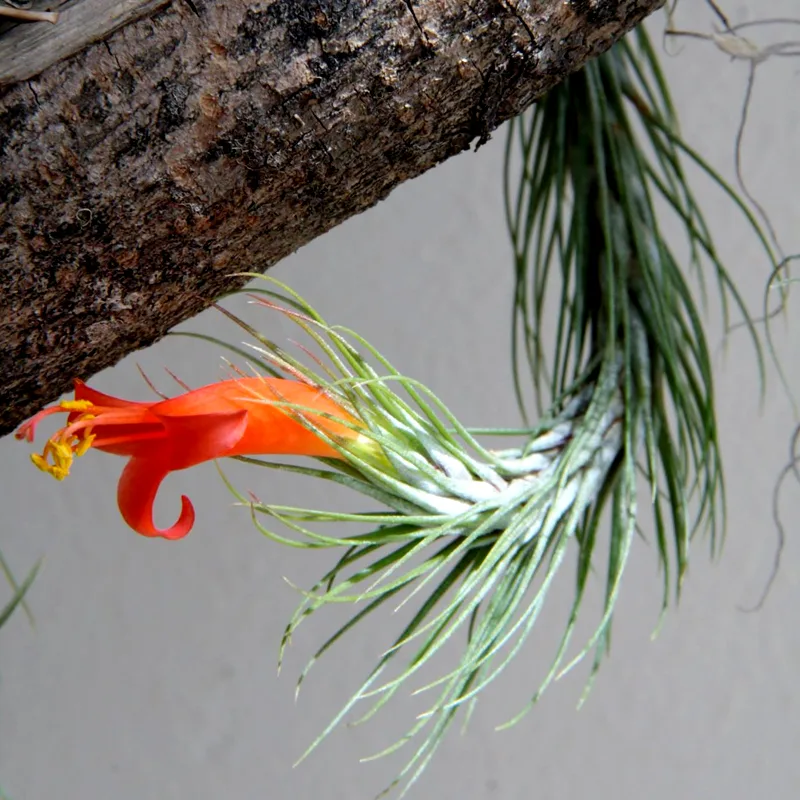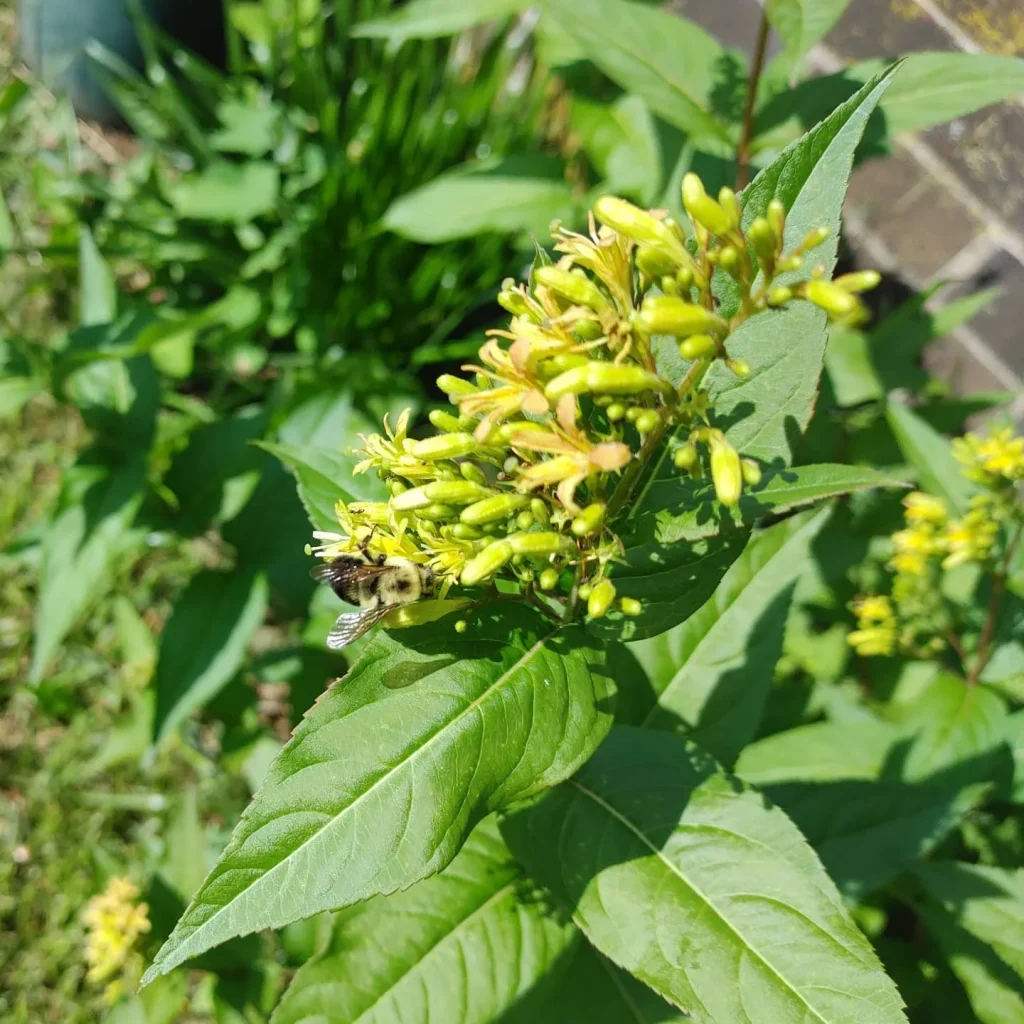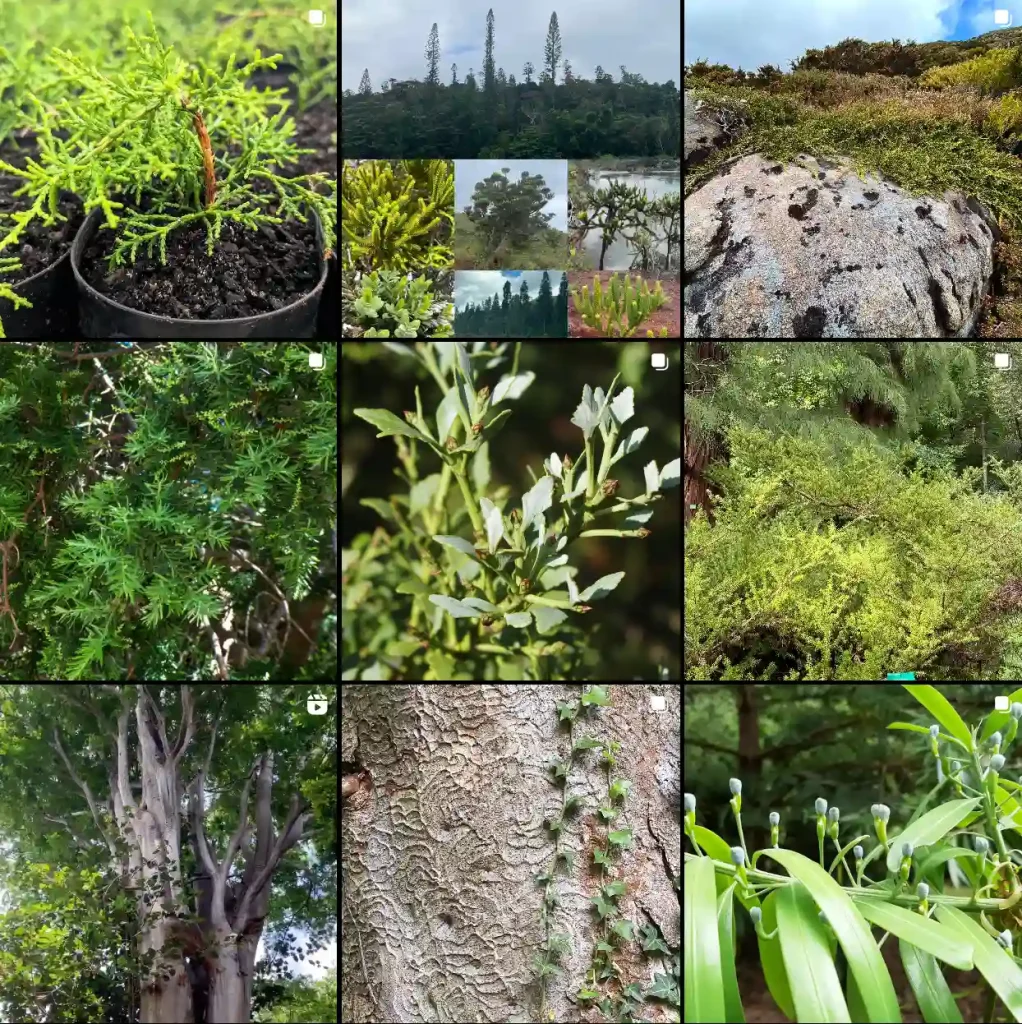Pongamia: A Deep Dive with Ferb Vu
The world of plants is vast and fascinating, filled with intriguing species that each hold their own unique stories. Today, I want to delve into a particular genus that has captured my attention: Pongamia. This genus, belonging to the Fabaceae family (commonly known as the legume, pea, or bean family), is home to a remarkable tree species that has a rich history and a promising future. Join me as we explore the fascinating world of Pongamia.
A Genus of One: Pongamia pinnata
While the genus Pongamia might sound expansive, it actually houses only one species: Pongamia pinnata. This species, however, is anything but solitary in its impact. Also known by its synonym Millettia pinnata, and common names like Indian beech and Karanj, Pongamia pinnata is native to a wide swathe of Asia, Australia, and the Pacific Islands. It thrives in tropical and subtropical climates, often found along coastlines and riverbanks.
This remarkable tree has been an integral part of various cultures for centuries. In India, for instance, it has deep roots in traditional medicine and agriculture. Its oil, extracted from the seeds, has been used for lighting, soap making, and even as a biofuel.
A Closer Look at Pongamia pinnata
Pongamia pinnata is a medium-sized tree, typically reaching heights of 15-25 meters. It boasts a wide canopy that provides ample shade, making it a popular choice for avenues and parks. The tree is deciduous, shedding its leaves for a short period, usually during the dry season.
One of the most distinctive features of Pongamia pinnata is its pinnate leaves, which are arranged in pairs along a central stem. These leaves, along with the tree’s fragrant white or pink flowers, give it a unique aesthetic appeal. But Pongamia pinnata is far more than just a pretty face.
The Many Uses of Pongamia
This versatile tree offers a wealth of uses, spanning across various industries and applications:
- Biofuel: Pongamia seeds contain a high percentage of oil, which can be converted into biodiesel. This makes it a promising source of renewable energy, especially in regions where it grows abundantly.
- Medicine: Various parts of the tree, including the leaves, bark, and seeds, have been used in traditional medicine to treat a range of ailments, from skin diseases to rheumatism.
- Agriculture: Pongamia pinnata is a nitrogen-fixing tree, meaning it can enrich the soil with essential nutrients. This makes it an excellent choice for agroforestry systems, where it can be intercropped with other crops to improve soil fertility.
- Environmental Remediation: Due to its hardy nature and ability to grow in degraded lands, Pongamia pinnata is being explored for its potential in land reclamation and phytoremediation – the use of plants to clean up environmental pollutants.
The Future of Pongamia
As the world grapples with the challenges of climate change and the need for sustainable solutions, Pongamia pinnata is emerging as a beacon of hope. Its potential as a source of biofuel, combined with its numerous other benefits, makes it a valuable resource for a sustainable future.
Research and development efforts are underway to optimize the cultivation and utilization of Pongamia. Scientists are exploring ways to improve seed yield, oil content, and the efficiency of biofuel production.
Furthermore, the potential of Pongamia in carbon sequestration is being investigated. As a fast-growing tree, it can absorb significant amounts of carbon dioxide from the atmosphere, contributing to climate change mitigation.
My Personal Fascination with Pongamia
I am personally drawn to Pongamia pinnata because it embodies the concept of sustainability. It is a tree that gives back to the environment and provides multiple benefits to society. Its versatility and resilience make it an ideal candidate for addressing some of the pressing challenges we face today.
I believe that Pongamia pinnata holds immense potential for the future. As we continue to explore its properties and applications, we are likely to discover even more ways in which this remarkable tree can contribute to a more sustainable and equitable world.
In Conclusion
Pongamia pinnata, the sole representative of the Pongamia genus, is a testament to the power of nature to provide solutions to human challenges. Its versatility, resilience, and potential for sustainability make it a species worthy of attention and investment. As we move towards a future that demands sustainable practices, Pongamia pinnata stands tall as a symbol of hope and possibility.
If i die, water my plants!



